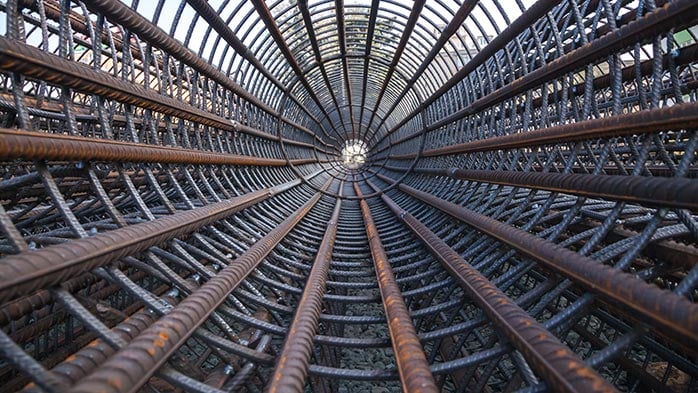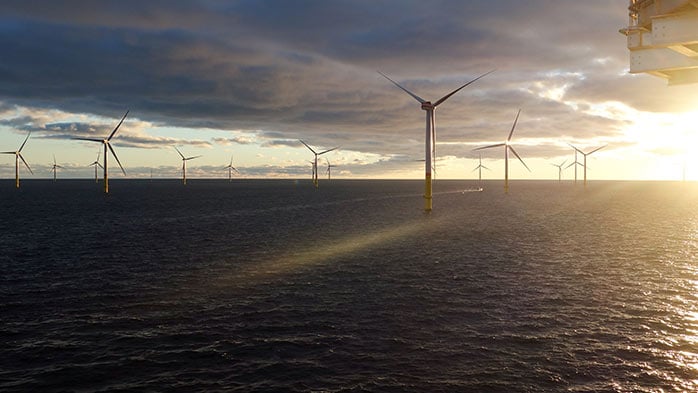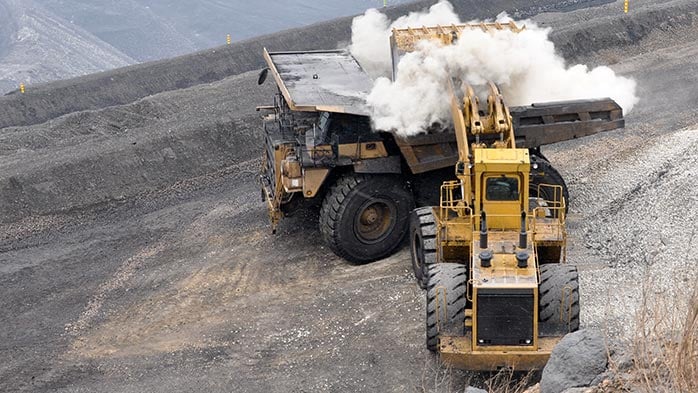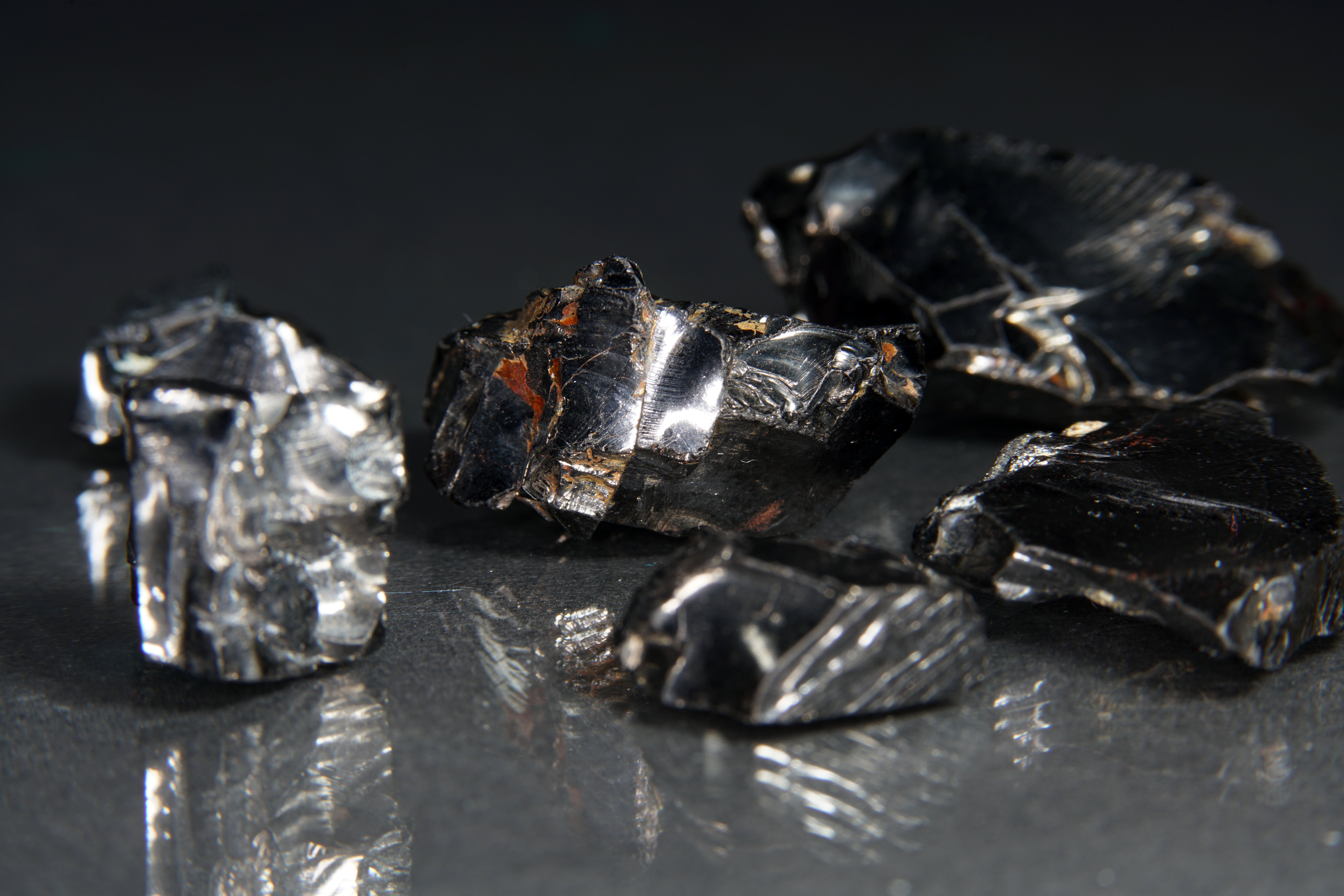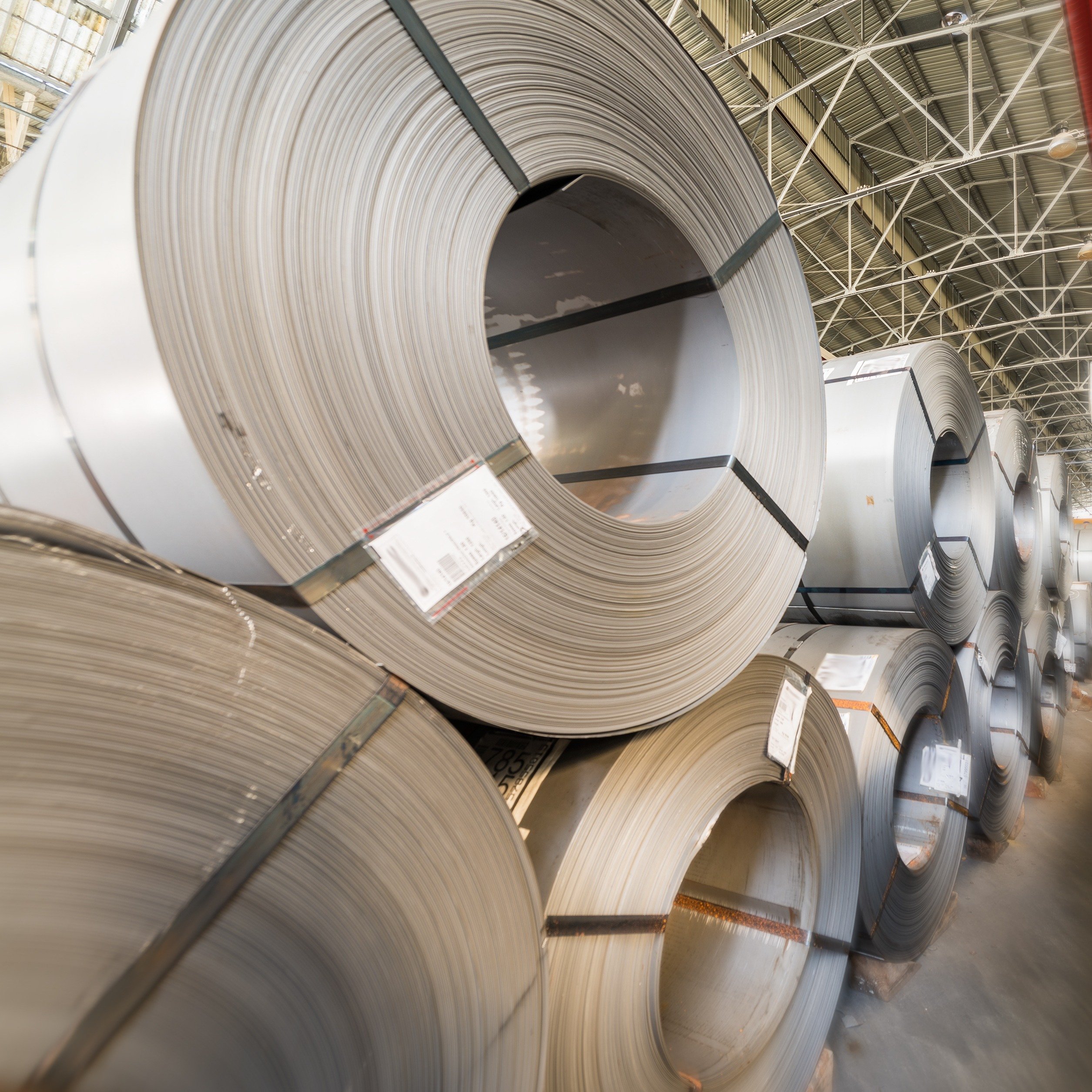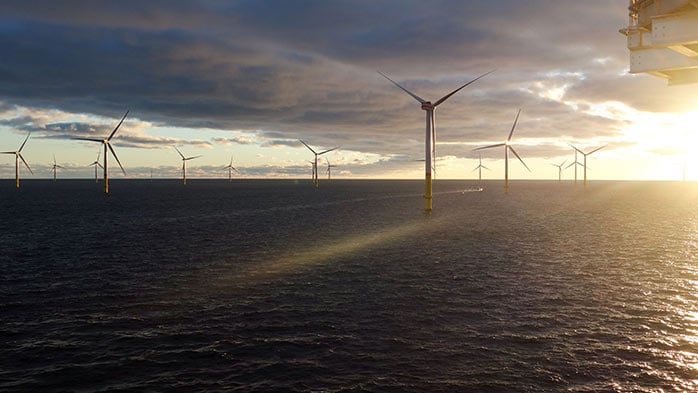As the race toward net-zero goals intensifies, green hydrogen is perceived as a strategic pillar of global decarbonisation efforts, from clean industrial fuels to long-duration energy storage. At the heart of this vision lies the electrolyser – a technology expected to unlock low-carbon hydrogen at scale.
The capital cost of an electrolyser implies a minimum hydrogen cost
The capital cost of a hydrogen electrolyser will contribute ~$1.5 /kg to hydrogen costs if operated continuously on firm, renewable power. If operated flexibly to access cheaper variable renewable power, as many suggest will be the case, the contribution can rise to ~ $3.5 /kg.
Some investors and climate advocates hoped electrolysers would mirror the rapid cost trajectory of solar photovoltaics, which saw a ~90% cost decline between 2010 and 2023, transforming solar from a fringe technology into a core power source for the world.
Buoyed by that precedent, early reports – many from eminent commentators in the energy space – predicted hydrogen costs would fall to ~$0.5 /kg, but this was never CRU’s view. Our analysis, set out in an Insight in 2023, already pointed out that those expectations were overly optimistic.
Since then, the techno-economic realities of green hydrogen production have been laid bare, to such an extent that it is clear attention is now shifting back to carbon capture and nuclear – less favoured options only a few years ago – as the next best options available to decarbonise. In this Insight, we explore electrolyser cost trends and quantify the contribution of electrolyser capital costs to total hydrogen delivered costs to provide a lower bound for hydrogen costs.
Electrolyser cost reductions are slowing despite early progress
CRU’s electrolyser database contains information for over 200 green hydrogen projects worldwide (n.b. China excluded) and includes data on capital cost, capacity, technology type, end-use, etc. where this is available from public reports. Of these 200 projects, we have assessed 47 have comprehensive capital cost data covering the electrolyser and balance of plant (BOP) that can be used to understand cost trends over time.
Whilse publicly available information on project costs, etc. may not be comparable project-to-project – as investments may cover a greater or lesser scope – we believe such a large sample starts to provide a good insight on the cost of a ‘typical’ electrolyser system.
Between 2018 and 2020, capital costs of electrolyser systems showed a downward trend, as manufacturing ramped up, learning curves took effect and competition grew, especially from China. However, this momentum stalled post-COVID. Between 2021 and 2022, sharp increases in key input costs put pressure on electrolyser system capex. across all technologies.
For alkaline electrolysers, the cost of nickel – a core material for electrodes and catalyst coatings – experienced extreme volatility, at one point reaching close to $50,000 /t due to global supply disruptions, energy market instability and geopolitical tensions. Meanwhile, PEM electrolysers were hit even harder – iridium and platinum, key to PEM catalyst layers, surged in price, with iridium peaking at over $6,000 /oz.
At the same time, titanium – widely used in PEM bipolar plates and system hardware – also climbed on the back of energy-intensive production and tight global supply. These increases were compounded by higher logistics and shipping costs resulting from supply chain bottlenecks, further inflating electrolyser and BOP expenses. Since 2022, costs appear to have reverted to the underlying trend as supply chain bottlenecks and material inflation dissipated, but the pace of cost reduction since then has obviously slowed.
Inflation has added significant cost pressure, with rising prices for materials, utilities – including water and electricity – and labour significantly impacting production costs. Additionally, delays in implementing government subsidy programmes have hindered the scale-up of green hydrogen and so have limited cost reductions through learning.
However, a more fundamental structural challenge lies in the modular nature of electrolysers. Electrolyser systems are largely deployed as repeats of small-scale units. While this can provide manufacturing economies of scale from standardised systems, it does not necessarily result in cost benefits at a large scale. This is often termed the ‘modular trap’ and anecdotal evidence points to diseconomies of scale when installing large electrolyser systems (n.b. potentially related to the power system and requirement to manage multiple large loads while maintaining efficiency and minimising impacts on the grid).
It is also possible to draw some conclusions relating to different electrolyser technologies from the data. Alkaline electrolysers, benefiting from technological maturity and lower material costs, have maintained relatively stable capital costs. In our dataset, ALKA projects fall within the range $1.9–3.0 M/MW and tend to cluster toward the lower end of the overall cost spectrum, with current projects typically close to $2 M/MW.
In contrast, PEM electrolysers, favoured for their responsiveness and flexibility, exhibit greater cost variation. Their reliance on high-cost materials such as iridium and platinum has made them more sensitive to market volatility, with capital costs now around $3 M/MW and typically towards the upper end of the cost range.
Behind the hype: The true cost of green hydrogen
Governments and industry commentators have set bold targets for green hydrogen costs, often aiming for sub-$1 /kg by 2050, or even by 2030. While these goals have helped mobilise investment and attention, a growing number of research institutions and market analysts now recognise that such cost levels will be extremely difficult to achieve. In fact, we identified this challenge two years ago, based on project-level data and a more realistic view of electrolyser performance and renewable integration costs.
Using a median capital cost of $2.25 M/MW for the most recently announced projects and including the cost of stack replacement, a 65% system efficiency and 6% WACC, the capital charge associated with the electrolyser would contribute ~$1.5 /kg to the cost of hydrogen. This requires firm, baseload renewable power that allows continuous electrolyser operation and power costs would need to be added to this, as well as required hydrogen storage and distribution costs to the end user.
If, as is often stated, the electrolyser is expected to operate variably, tracking variable renewable output, then the underlying cost of the electrolyser only would contribute ~ $3.5 /kg to the cost of hydrogen due to the anticipated low utilisation.
These figures reflect the electrolyser system cost only. Once additional expenses – such as power cost and hydrogen storage, compression and distribution infrastructure are factored in, the total cost of green hydrogen production approaches~ $6 /kg. Our green hydrogen cost model finds that ~$2.5 /kg is already a stretch goal for 2050 without including these and other on-costs – ~$0.5 /kg is simply unrealistic (n.b. as we identified previously, the $0.5 /kg aspiration was less the result of a techno-economic analysis of the technology options but rather simply reflected the costs of thermal coal on an energetic basis).
This Insight reinforces our earlier analysis that concluded green hydrogen costs will not reach parity with thermal coal. $0.5 /kg was simply an aspiration designed to imply that ‘no change to the world energy system’ would be needed on the move over to a hydrogen economy.
While we expect further cost reductions for electrolysers, the electrolyser cost only accounts for ~40% of total system costs today, so this impact is only part of the equation. The total cost of green hydrogen can only fall meaningfully if broader system costs decline in parallel, but much of the system costs will not be exposed to learning curve effects, and the modularity of electrolysers will be a drag on cost reductions as system capacities increase.
CRU’s analysis of new energy technologies is comprehensive, realistic and not swayed by hype and blind optimism. We can help you make better decisions on your decarbonisation pathway. If you want to hear our views, contact us and we will be happy to discuss our work.






